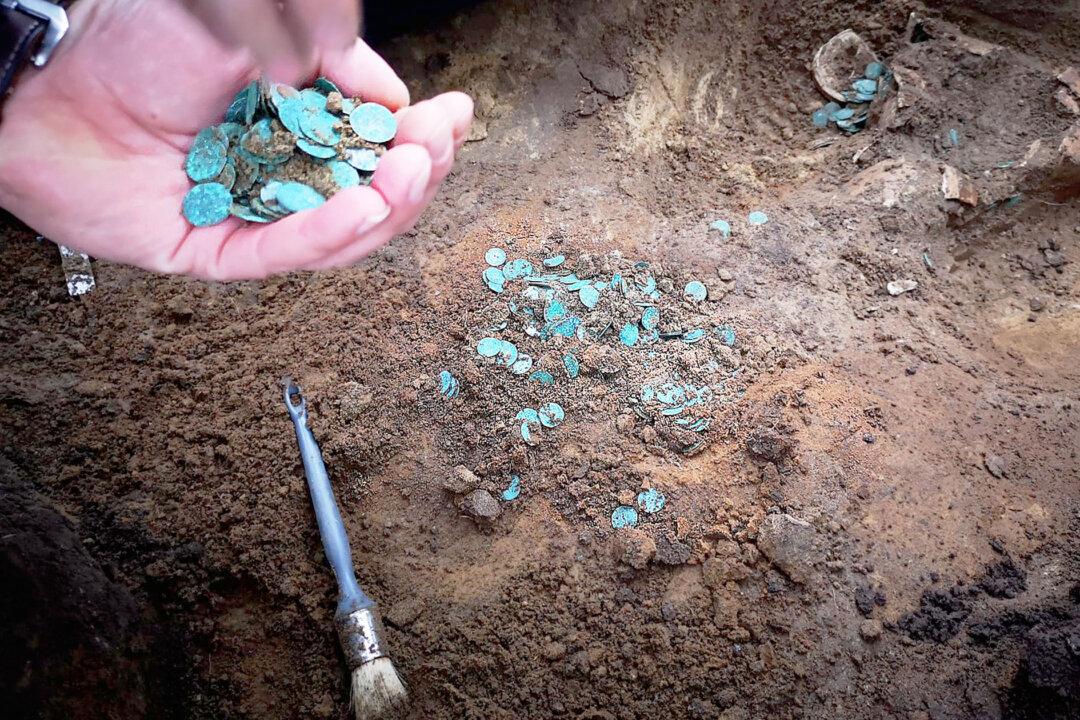A hoard of medieval coins was recently discovered in Hungary during archaeological excavations in a field near Újlengyel village.
The excavation, impelled by digs in 2019 where 150 medieval coins were discovered at the location, yielded yet more treasure.






